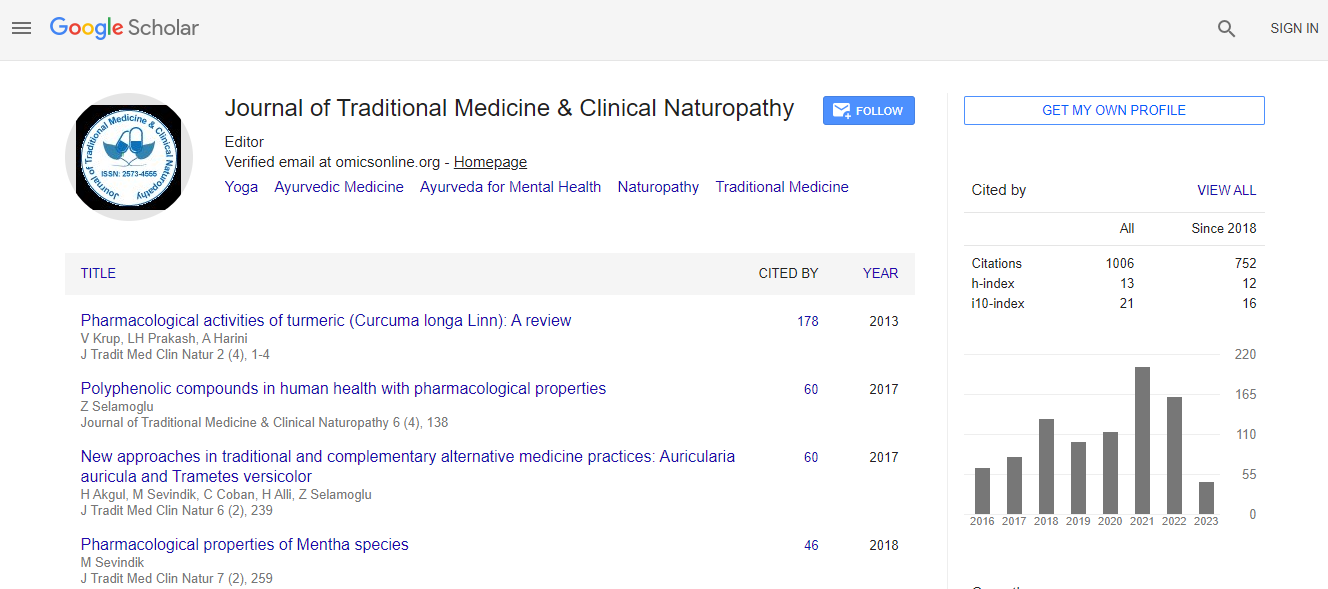Case Report
Ethylenediaminetetraacetic Acid (EDTA)-Induced Thrombocytopenia: A Case Report
Fabian Pitkin*Northern Caribbean University, Mandeville, Jamaica
- *Corresponding Author:
- Fabian Pitkin
Northern Caribbean University, Mandeville, Jamaica
Tel: 18765701536
E-mail: Fabian.pitkin@ncu.edu.jm
Received date: January 23, 2017; Accepted date: February 09, 2017; Published date: February 15, 2017
Citation: Pitkin F (2017) Ethylenediaminetetraacetic Acid (EDTA)-Induced Thrombocytopenia: A Case Report. J Tradit Med Clin Natur 6: 209.
Copyright: © 2017 Pitkin F. This is an open-access article distributed under the terms of the Creative Commons Attribution License, which permits unrestricted use, distribution, and reproduction in any medium, provided the original author and source are credited.
Abstract
Ethylenediaminetetraacetic Acid (EDTA)-Induced Thrombocytopenia is a fairly rare in vitro immunological mediated phenomenon characterized by a spuriously low platelet count on automated analyzers secondary to antiplatelet autoantibodies which cause platelets to aggregate in specimens ant coagulated with EDTA. The aggregations of platelets result in a false increase in leukocytes as giant platelets are counted as lymphocytes. Failure to detect this EDTA-Induced Thrombocytopenia could result in unnecessary laboratory investigations and superfluous interventions. EDTA-induced thrombocytopenia is sometimes prevented by other anticoagulants such as sodium citrate or heparin. In this article we reported a case of a 23-year-old female with EDTA-induced thrombocytopenia and a falsely increased leukocyte count confirmed by the use of a citrated tube and a peripheral smear without platelet aggregation.

 Spanish
Spanish  Chinese
Chinese  Russian
Russian  German
German  French
French  Japanese
Japanese  Portuguese
Portuguese  Hindi
Hindi 
